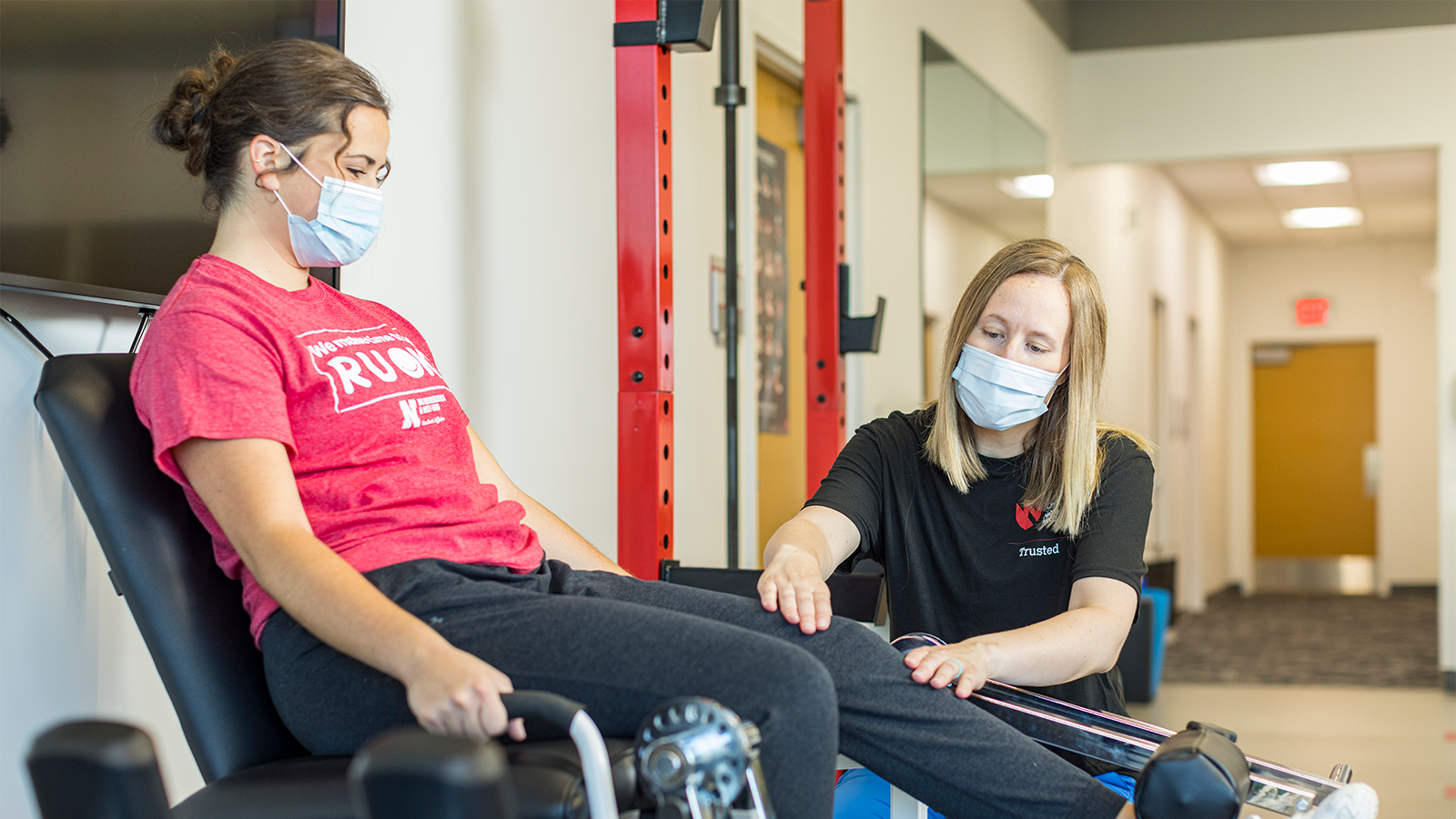Learning Common Athletic Ailments and Efficient Rehabilitation Plans for Sports Players
Learning Common Athletic Ailments and Efficient Rehabilitation Plans for Sports Players
Blog Article
Sports injuries are common among sportspeople of every age groups and skill levels. These traumas can happen in multiple forms, including ligament injuries, strains, fractures, and tendon inflammation. Comprehending the kinds of injuries that can happen during athletic activities is crucial for both prevention and care. Sprains, for instance, involve the stretching or rupturing of connective tissues, which connect bones at a joint. Strains, on the other hand, impact muscle tissues or tendons, which connect muscle tissues to bones. Identifying these traumas early can help athletes obtain appropriate treatment and come back to their activity more rapidly.
One of the frequently frequently observed traumas in sports is the ankle sprain. This injury often happens when an athlete lands ungracefully or twists their ankle during a match. Signs of an ankle sprain include discomfort, swelling, and trouble walking. Immediate treatment typically involves the R.I.C.E. approach, which stands for Rest, Ice, Compression, and Lifting. This approach helps minimize inflammation and pain. In severe serious situations, rehabilitative treatment may be necessary to regain strength and flexibility to the foot before returning to sports.
Another frequent trauma is a muscular strain, which can occur in all athletic activity that requires sudden actions or heavy weight-bearing. Athletes may experience a muscular injury when they extend a muscle too much or when they exert too great effort. Symptoms include acute pain, inflammation, and muscle spasms. Rehabilitation for muscular injuries often entails light stretching and strengthening workouts. Gradually raising exercise levels is crucial to avoid recurrence. Athletes should collaborate closely with a rehabilitative specialist to develop a secure and effective recovery strategy.
Tendonitis is another injury that can affect athletes, particularly those who engage in frequent movements, such as joggers or aquatic athletes. This issue happens when a tendon, which links muscle to bone, becomes swollen. Common locations involved by tendon inflammation include the arm, upper arm, and leg. Symptoms often include pain and rigidity, especially during movement. Treatment for tendonitis usually involves recovery, cooling, and anti-inflammatory medications. In some situations, rehabilitative therapy may be suggested to improve mobility and strength in the affected area.
Preventing athletic traumas is just as important as addressing them. Athletes can reduce their risk of trauma by warming up correctly before events, using the appropriate gear, and maintaining good physical condition. Strength training and stretching workouts can help prepare the physique for the demands of athletics. Additionally, sportspeople should pay attention to their bodies and take breaks when needed. By understanding common sports traumas and applying effective recovery plans, athletes can remain fit and participate in their favorite rehabilitation for shoulder dislocations athletic activities for years to come.